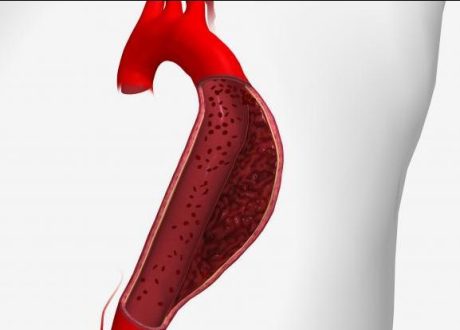June 26, 2024
Written by Jason Lesnick
![]()
This systematic review and meta-analysis (SRMA) found that current rates of central venous catheter (CVC)-associated complications occurred in about 3% of line placements.
Authors analyzed all associations about central lines
This SRMA included 130 English-language observational studies and RCTs done from 7/2015-9/2023 in adult patients that reported complication rates of short-term CVCs. 214,325 central catheter placements were examined, and 53.1% of included studies were ICU focused while 40.8% of studies focused on operating room CVC placement. Bayesian random-effects meta-analysis was applied to summarize event rates. Rates of placement complications (events/1000 catheters with 95% credible interval [CrI]) and use complications (events/1000 catheter-days with 95% CrI) were estimated.
Placement failure occurred at a rate of 20.4/1000 catheters placed (95%CrI 10.9-34.4), while other complications occurred as follows: arterial cannulation (2.8, 0.1-10), arterial puncture (16.2, 11.5-22), PTX (4.4, 2.7-6.5), malfunction (5.5, 0.6-38), infection (4.8, 3.4-6.6), and DVT (2.7, 1.0-6.2). The authors estimated that 30.2 (21.8-43.0) of 1000 patients with a CVC for 3 days would develop one or more serious complications. They also found ultrasound use to be associated with lower rates of arterial puncture (risk ratio 0.20, 0.09-0.44; 13.5 events vs 68.8 events/1000 catheters) and PTX (RR 0.25, 0.08-0.80; 2.4 events vs 9.9 events/1000 catheters).
Site-specific complications were as follows; PTX: subclavian 7.8/1000 (4.3-13.0) vs IJ 1.9/1000 (0.93-3.5); CLABSI: subclavian 2.5/1000, femoral 2.7/1000, IJ 3.8/1000, but the 95% CrIs overlapped across all 3 insertion sites.
How will this change my practice?
The authors conclude 3% of CVC placements were associated with major complications and that ultrasound might decrease risk of PTX and arterial puncture; it should be noted only 8 of the 130 included studies were done exclusively in the ED, and almost every variable examined had high rates of heterogeneity. That said, I will continue to use ultrasound whenever I am placing a CVC (unless it is a crash line). Personally, I prefer IJ and femoral lines to reduce the possibility of PTX. In fact, if US was used for IJ CVCs, the PTX rate was only 0.4/1000. ItРђЎs also interesting to compare CVC to peripheral complication rate when using vasoactive medications (including this┬аstudy┬аand this┬аstudy┬аwe have previously covered here on JournalFeed). I wonder how these data and other similar data will shape future protocols regarding CVC use.
Source
Complication Rates of Central Venous Catheters: A Systematic Review and Meta-Analysis.┬аJAMA Intern Med. 2024 May 1;184(5):474-482. doi: 10.1001/jamainternmed.2023.8232. Erratum in: JAMA Intern Med. 2024 May 20;: PMID: 38436976.








